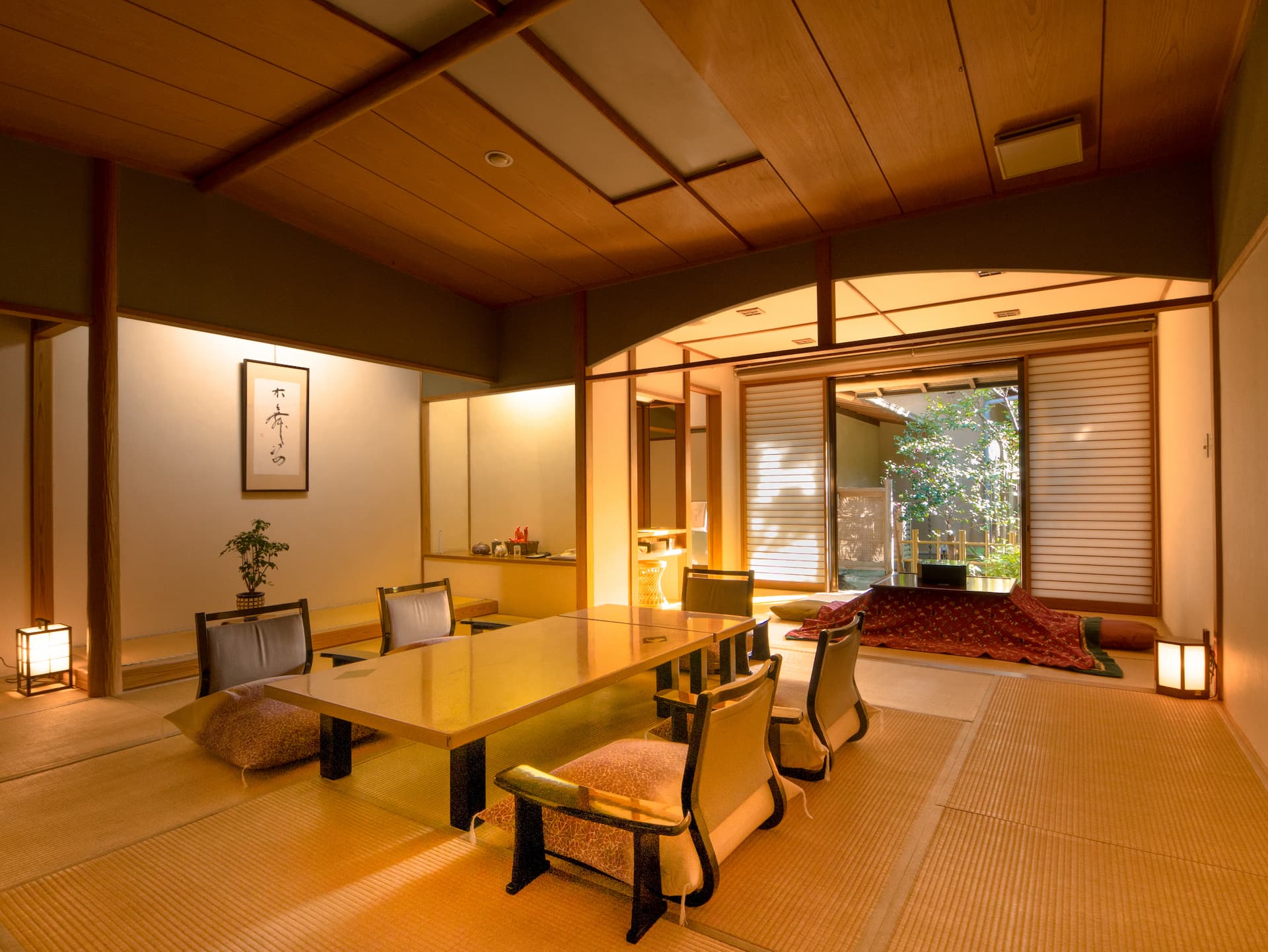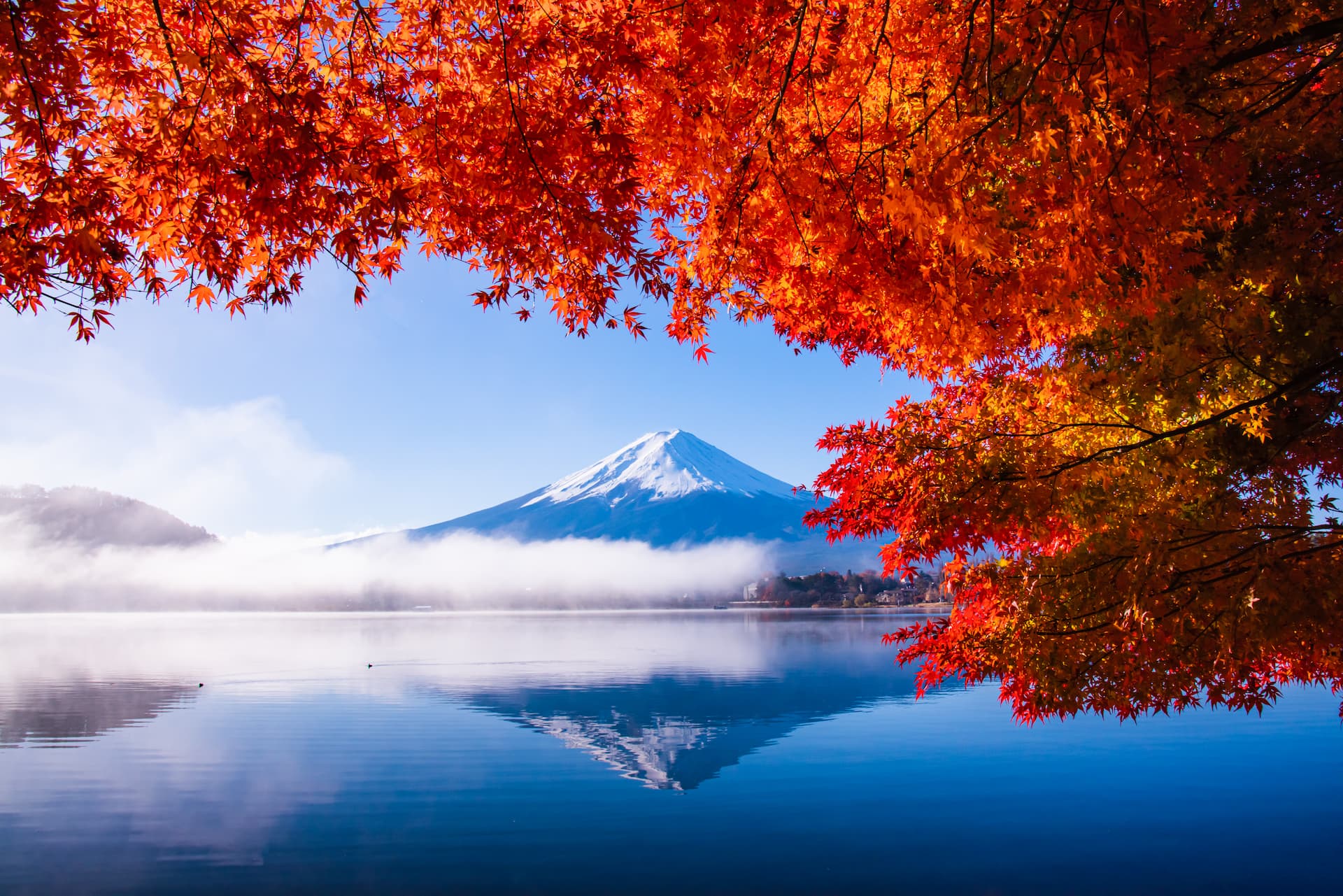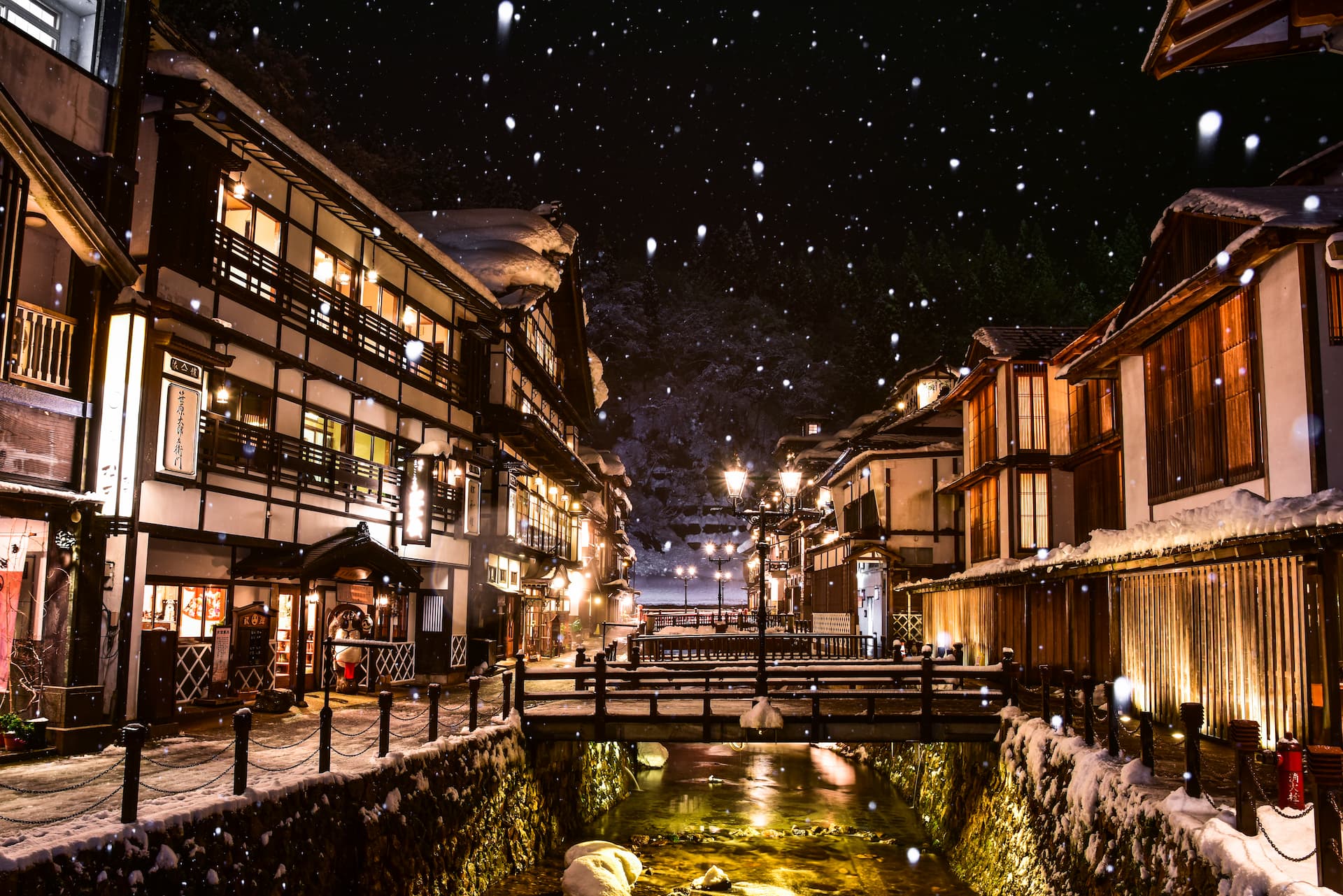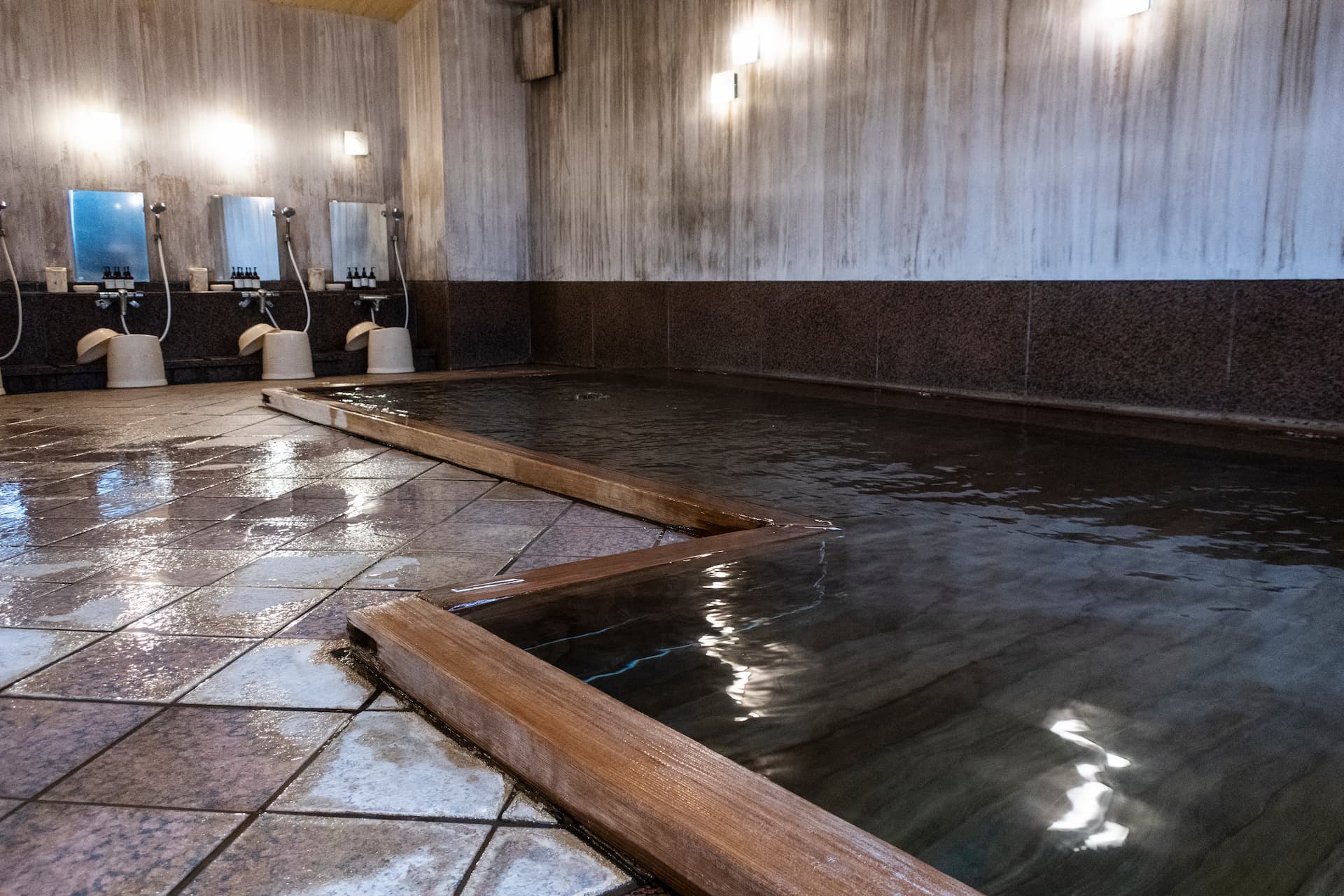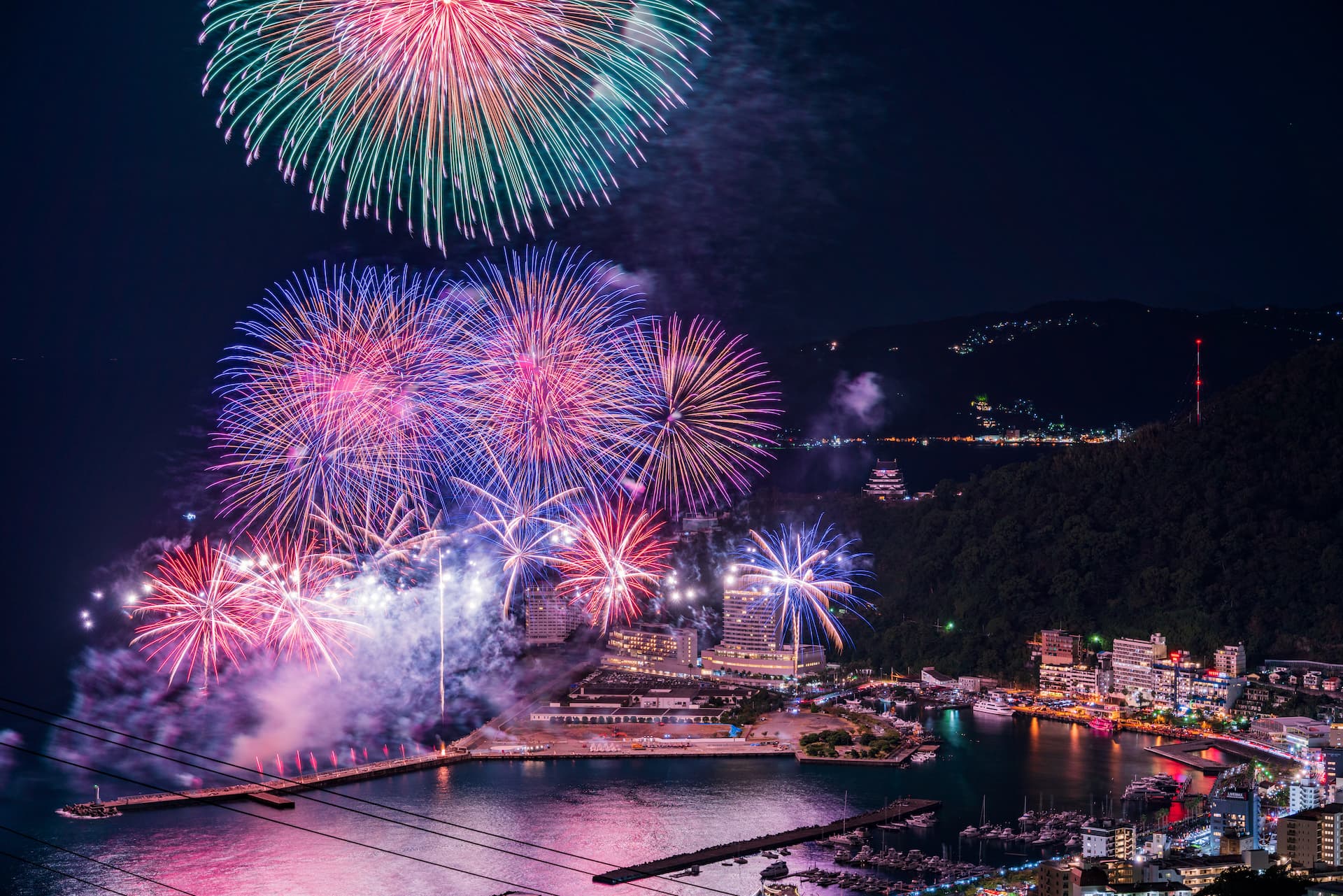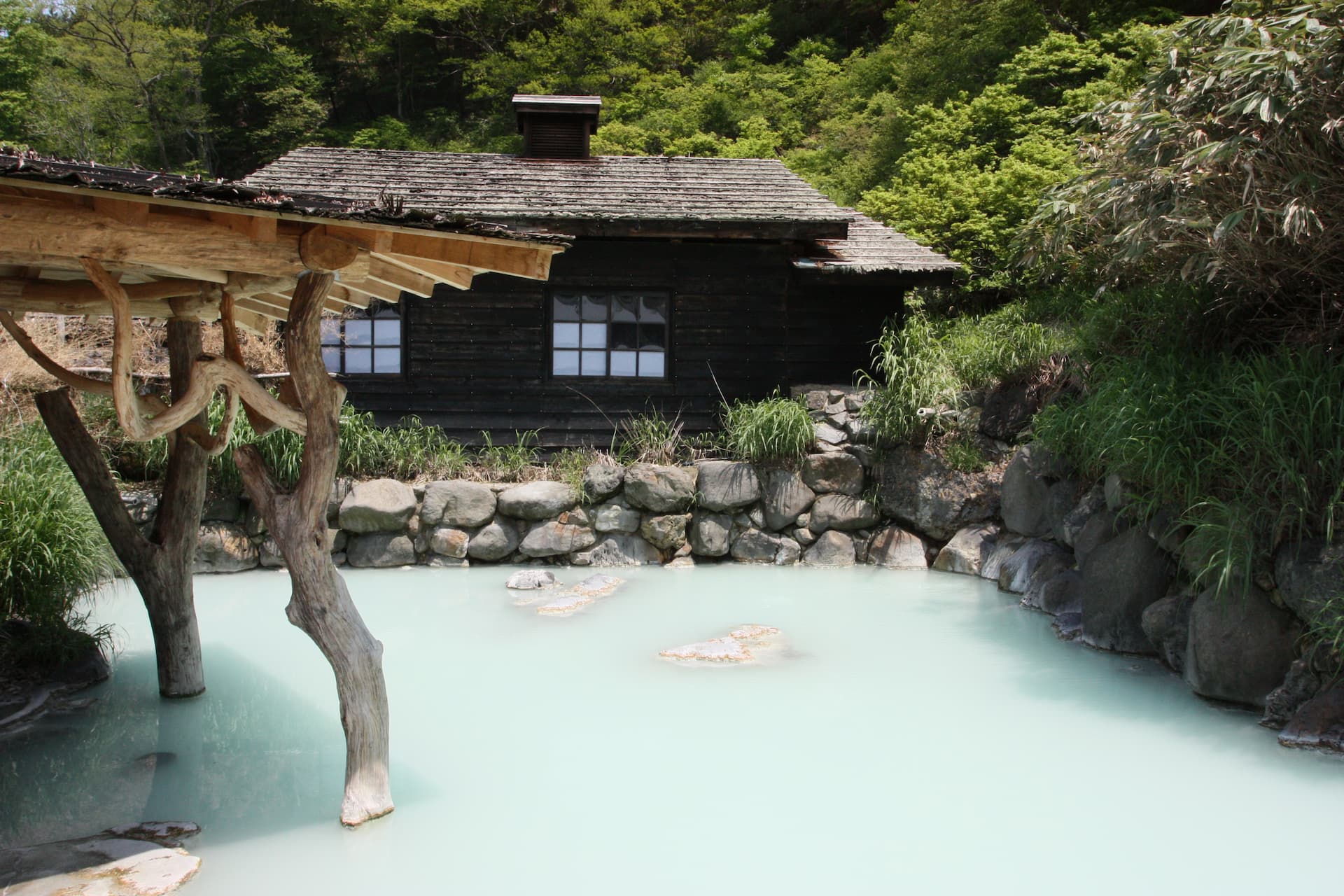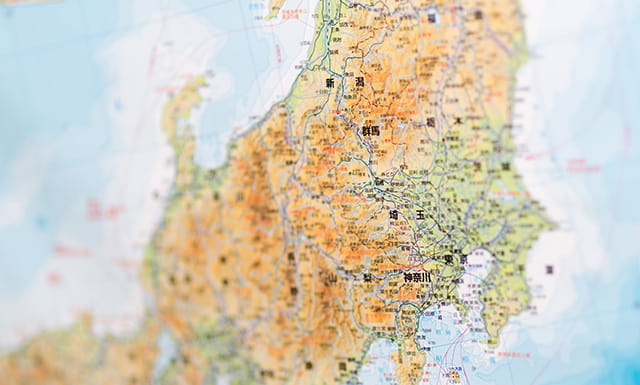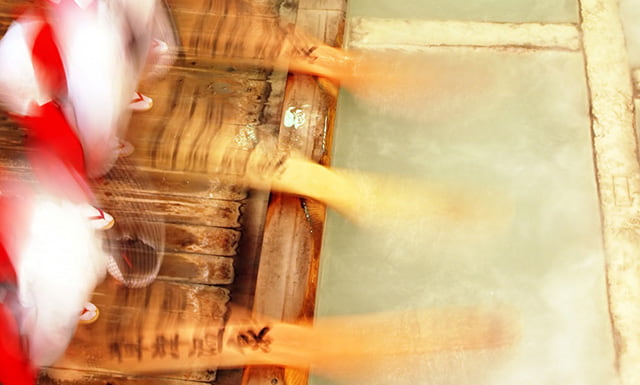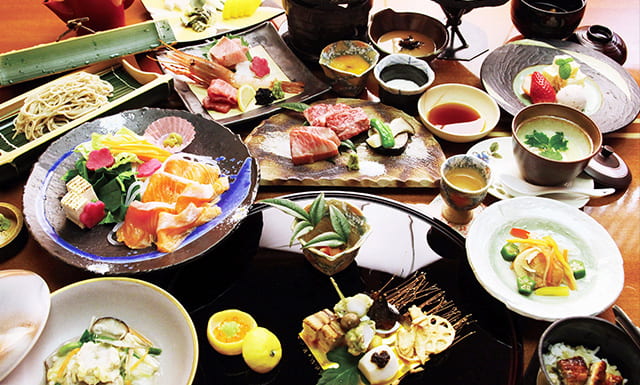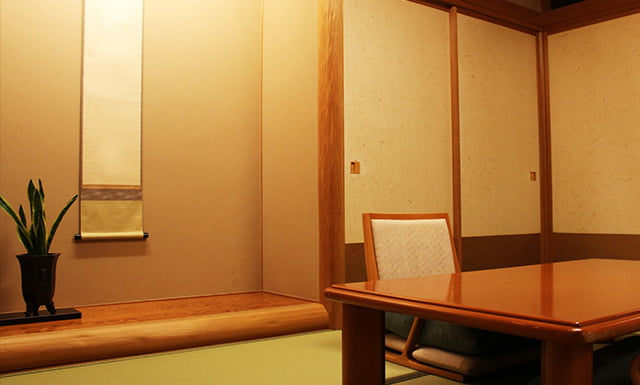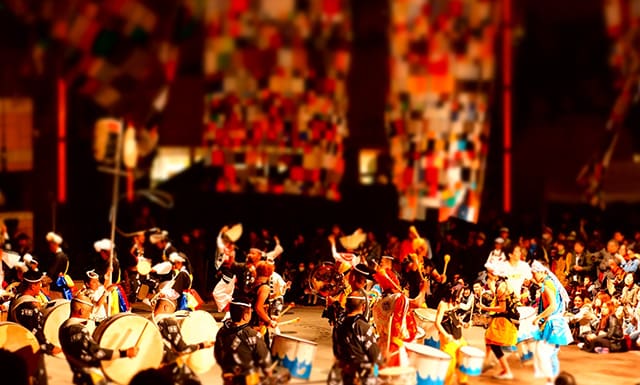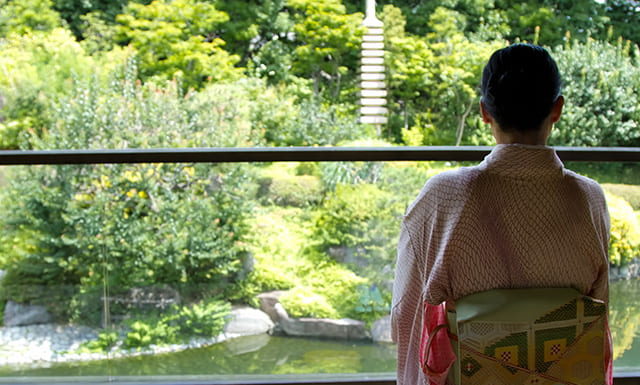What's "touji"?
Why do we go to onsens?
The only one that knows the answer is nothing else,
but our heart and body.
Ever since the beginning, a way of using onsens called "touji" exists in Japan.
Bathing in "touji" waters, healing the body, cleansing the body, clearing the heart and mind.
Experiencing something out of everyday life,
detaching the accumulated stress of everyday life from your mind and body, then washing it off.
That is acheived by hot water, food, and company.
By combining all of them,
and wrapping your body in it,
you will have the power to walk forward towards tomorrow.
Let us bring you the special journey your mind and body needed.
What's "touji"?
Why do we go to onsens? The only one that knows the answer is nothing else, but our heart and body.
Ever since the beginning, a way of using onsens called "touji" exists in Japan. Bathing in "touji" waters, healing the body, cleansing the body, clearing the heart and mind.
Experiencing something out of everyday life, detaching the accumulated stress of everyday life from your mind and body, then washing it off.
That is acheived by hot water, food, and company.
By combining all of them, and wrapping your body in it, you will have the power to walk forward towards tomorrow.
Let us bring you the special journey your mind and body needed.
Latest inns
New arrival hotel
Water type list
Simple hot spring(Tanjun Onsen)
This is a simple alkaline hot spring, and its known for making your skin feel soft and smooth, without wrinkles and irritation.
Good for: Autonomic nervous instability, insomnia, depression, etc.
Simple carbon dioxide spring(Tanjun Nisanka Tansosen)
When you bathe in this, carbonic acid bubbles envelop your entire body, making you feel refreshed. You can enjoy the refreshing sensation through your throat by drinking it.
This is a relatively rare hot spring type in Japan. These are also called "bubbling hot water".
Good for: Cut wounds, peripheral circulatory disorder, chilliness, autonomic nervous instability, etc.
Carbonate spring(Tansan Suiso Ensen)
It can be categorized as sodium bicarbonate springs, calcium bicarbonate springs, magnesium bicarbonate springs depending on the anions it contains.
Calcium bicarbonate springs may produce calcareous hot spring deposits and precipitates.
Good for: cut wounds, Peripheral circulatory disorder, cold, dry skin, etc.
Chloride Spring(Enkabutsusen)
These are categorized into sodium-chloride springs, calcium-chloride springs, magnesium-chloride springs based on the anions it contains.
These are relatively common in Japan. Its primary ingredient is sodium, so if you drink it, it will taste salty,
and in cases when the salt content is concentrated or its magnesium levels are high, it'll also taste bitter.
Good for: cut wounds, peripheral circulation disorder, cold, depression, dry skin, etc.
Sulfate spring(Ryuusen'ensen)
These can be categorized into sodium-sulfate springs, calcium-sulfate springs, and magnesium-sulfate springs depending on the anion it contains.
Good for: cut wounds, peripheral circulation disorder, coldness, depression, dry skin, etc.
Iron Springs(Gantetsusen)
This contains more than 20mg of total iron ion (iron II or iron III) per 1kg of hot pring water.
These are divided into bicarbonate and sulfate types depending on the anion it contains.
When the hot water flows out and comes into contact with air, the iron becomes oxidized and turns into a reddish brown color.
Good for: Iron deficiency, anemia, etc.
Sulfur spring(Iousen)
These are categorized into sulfur type and hydrogen sulfide type, and is relatively common in Japan. Its unique rotten egg smell comes from the hydrogen sulfide it contains.
Good for: Atopic dermatitis, common psoriasis, chronic eczema, etc.
Acidic Springs(Sanseisen)
If ever you tasted it, it's a bit sour. It also has germicidal effects
This water is rarely found in Europe, but can be experienced everywhere in Japan.
Good for: Atopic dermititis, psoriasis vulgaris, glucose intolerance (diabetes), epidermal abscess, etc.
Radiation spring(Houshanousen)
This contains more than 30×10-10 Curies of Radon per 1kg of hot spring water
This is usually mistaken to be radioactive and might cause harmful effects to the human body, but the Roentgen radiation dose is far too small to cause harm.
On the contrary, it has been shown that very small amounts of radioactivity has good effects to the human body.
Good for: Uricemia (gout), rheumatoid arthritis, ankylosing spondylitis, etc.
